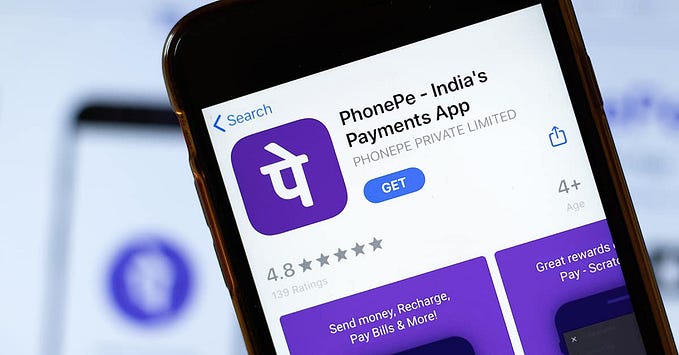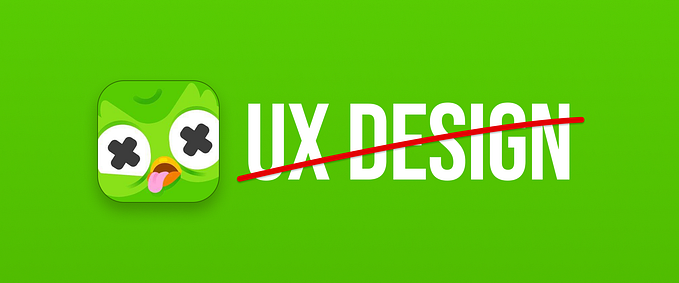
How important is WCAG compliance?
WCAG (Web Content Accessibility Guidelines) compliance is a hot topic these days. WCAG stands for “Web Content Accessibility Guidelines” and its purpose is to make digital services fully accessible to all people, including those with disabilities. It’s not just about accommodating blind or visually impaired users, but also people who navigate digital products or websites without a mouse. But how do these guidelines apply to your digital service, and what can you do to remove barriers?
Navigate a digital service without a mouse? It’s possible!
It may seem unimaginable, but you can navigate a digital product without a mouse. You can use keyboard commands, such as tabbing, to navigate and control content. But it’s not always easy. Identifying elements can be a challenge, especially with moving background images or low contrast between images and overlaid text. Users may need controls to pause animated images or optimise contrast to make text easier to read. Your website should provide users with the tools they need to understand content with ease.
Accessibility: From customer demand to regulation
Consumer-facing brands prioritise delivering emotional brand experiences to everyone, and excluding potential customers is not an option. While this has become the standard and even a legal requirement in the United States, Europe is lagging behind. In Switzerland, only public sector digital content is required to be WCAG compliant. For those seeking to establish a reputable brand presence in the US, WCAG compliance is non-negotiable — non-compliance could even lead to legal action for failing to meet certain levels of accessibility.
How do you achieve a higher WCAG level?
Making your digital service WCAG compliant requires proactive steps to remove barriers to a full brand experience. For simple digital products or websites, manual checks are possible. For clients looking to enhance their existing platforms and digital services, we offer guidance and support on the path to WCAG compliance or achieving a higher WCAG level. The code we develop can be automatically checked for compliance during the programming phase, making it an efficient process to achieve the desired WCAG level.
Five professional tips to improve the accessibility of your website
You can implement the following professional tips in your digital service:
- Fill in alt text wherever possible.
- Ensure that videos have subtitles.
- Be aware of contrasts (e.g. text on images) and test them using tools such as this one.
- Consider WCAG when creating a styleguide for your brand.
- If necessary, adapt your Corporate Design styleguide to meet WCAG requirements.
If you have a complex digital service or website or need further assistance, feel free to contact us — we have the expertise for your desired WCAG level.
Do you want to tackle the topic thoroughly? No problem: We develop concepts, designs or code according to your desired WCAG level. We use the right tools and processes to ensure we meet accessibility requirements and give it the attention it deserves. Accessibility is an integral part of our specification templates and production processes. Most importantly, we are attuned to the importance of this issue.










